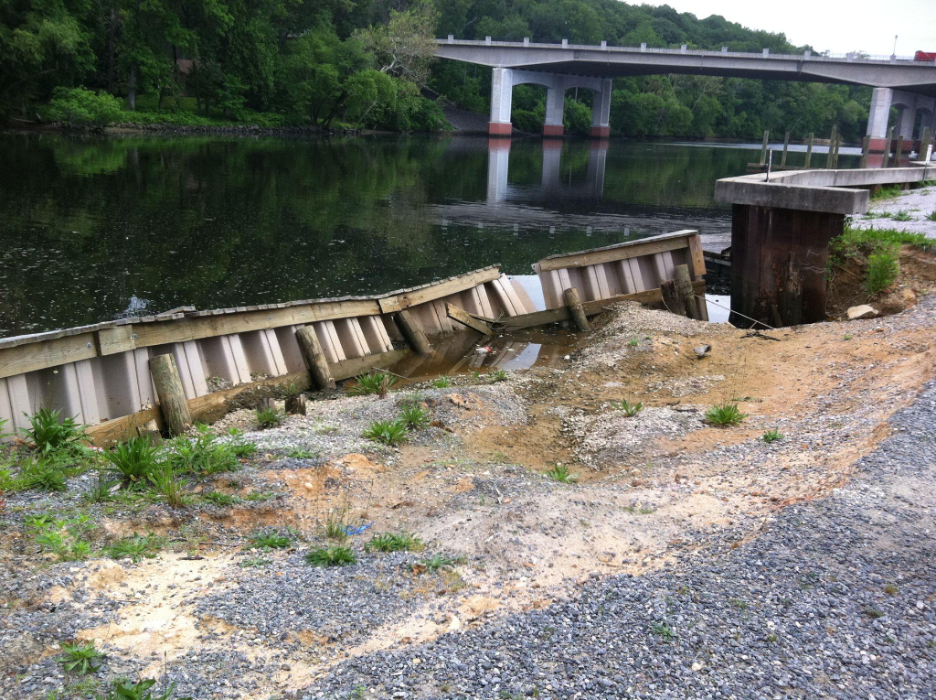Identifying the Warning Signs of Seawall Erosion
- burns68
- Aug 24, 2023
- 2 min read

Seawalls play a critical role in protecting coastal properties and shorelines from the forces of the sea. However, even the sturdiest seawalls are not immune to the gradual erosion caused by waves, tides and weathering. Identifying the warning signs of seawall erosion is crucial to ensure timely maintenance and prevent further damage.
Let’s cover the key indicators that it’s time to repair erosion behind the seawall. By addressing the problem sooner rather than later, commercial property owners can prevent costly and hazardous problems from occurring.
Visible Cracks and Fissures
One of the most obvious signs of seawall erosion is the presence of cracks, fissures or separations in the structure. These can appear along the surface of the seawall, indicating weakening and instability due to constant exposure to waves and water.
Exposed Rebar or Reinforcement
If you notice exposed rebar or reinforcement within the seawall structure, it's a major red flag. This means that the protective layers have eroded away, leaving the internal components vulnerable to corrosion and further deterioration.
Sinking or Tilting
Seawalls should maintain a consistent height and vertical alignment. If you notice portions of the seawall sinking or tilting, it's a strong indication of erosion and compromised structural integrity.
Loss of Backfill Material
Eroding seawalls often lead to a loss of backfill material behind them. If you notice that the area behind the seawall is eroding or receding, it's a sign that the wall is no longer effectively protecting the shoreline.
Water Seepage or Leakage
Seawalls are designed to keep water out, but when erosion occurs, water may seep through cracks and gaps in the structure. If you notice water pooling or trickling through the seawall, erosion may be at play.
Detached or Collapsing Capstones
Capstones, or ‘seawall caps’, are the top layer of the seawall that helps shield it from wave impact. If capstones become detached or start collapsing, it suggests that the underlying structure is weakened and compromised.
Loss of Vegetation or Erosion Features
A reduction in vegetation and natural erosion features near the seawall can indicate the presence of erosion. The absence of natural buffers allows waves and tides to directly impact the structure.
Unstable Footing or Sinkholes
Seawall erosion can cause the ground surrounding the structure to become unstable. Sinkholes or unstable footing near the seawall are clear indicators of ongoing erosion. The same goes for any type of compromised property stability.
Repair Erosion Behind Seawall
Identifying the warning signs of seawall erosion early is crucial to preventing further damage and costly repairs. By performing regular inspections, you can detect the signs of erosion and address it promptly. To learn more about protecting your property with professional seawall repair services, contact Foremost Foundations and Construction today.

Comments